5 Mins Read
Veganism really took off as a lifestyle trend over the past couple of years, but there are still many people out there who are on the fence about a plant-based pledge like Veganuary. So we’ve put together this beginner’s Veganuary guide to help.
While going vegan is the most impactful thing you can do for the planet, the animals, and your health, it’s not without its challenges. Below are some tips, advice, and ideas to take that first vegan step.
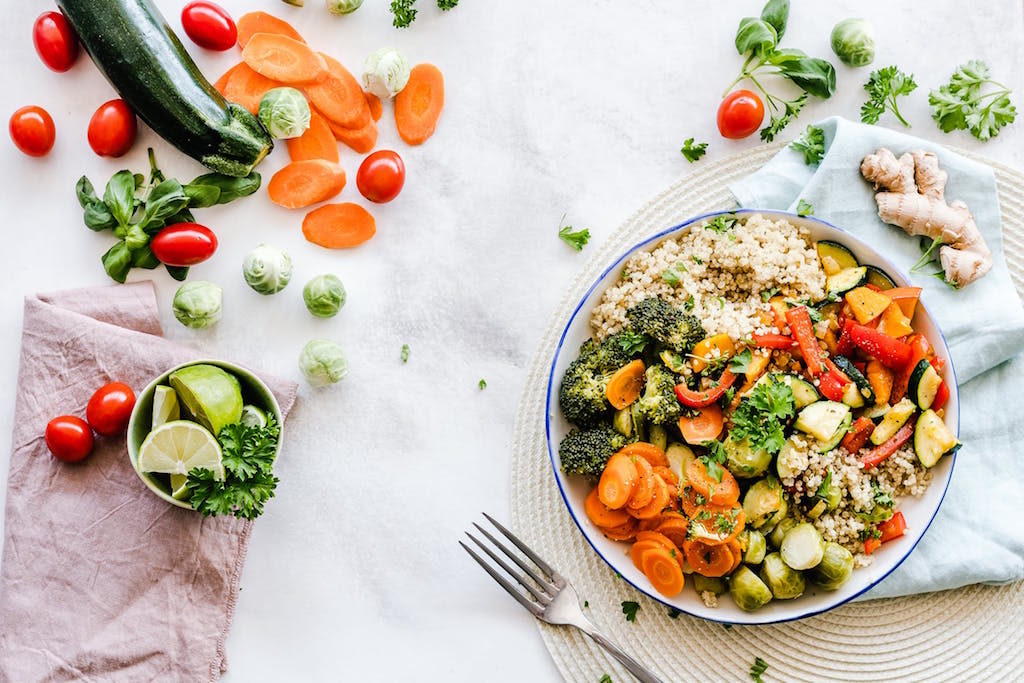
1. Aim To Eat Lots Of Whole Plant Foods
One of the best ways to transition into a vegan diet is to simply remember to increase your whole foods intake. A good tip is to vary the colours on your plate with an entire range of whole seasonal vegetables, fruits, grains, legumes, nuts and seeds—all of which can be easily found at farmers markets, supermarkets, and without animal products, it’ll give you a huge boost of healthy fibre, minerals, and vitamins.
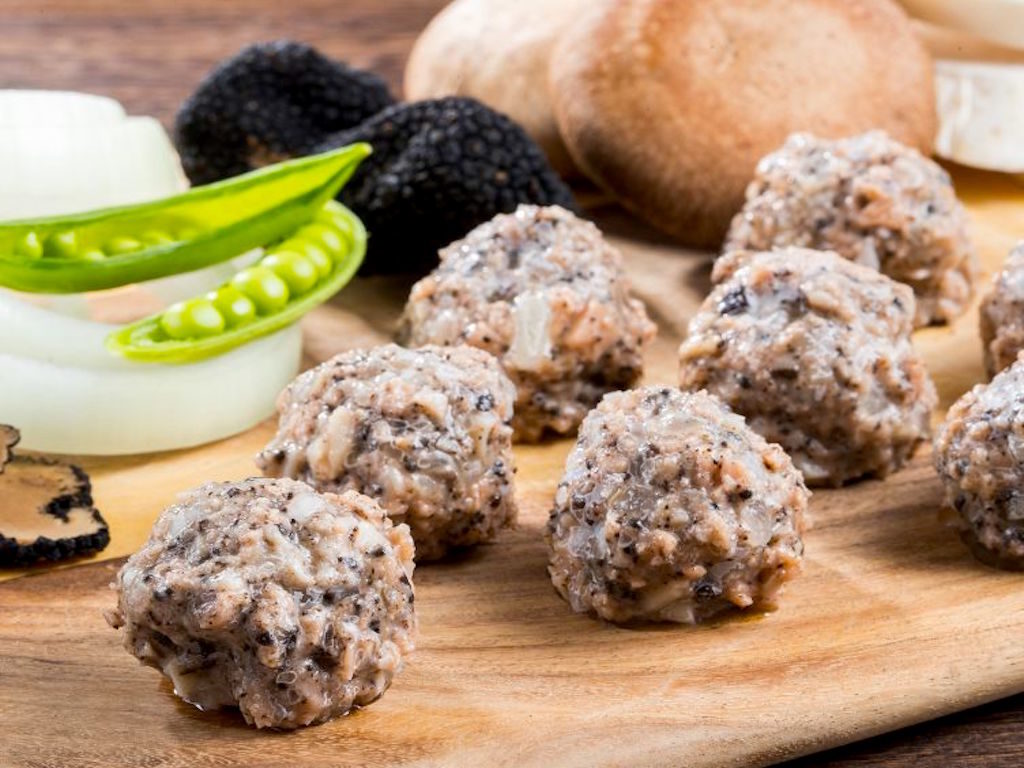
2. Use Meat and Dairy Alternatives To Ease Your Transition
If you’re craving a meaty bite, don’t fret. Being a vegan today is easier than ever—we’re spoiled for choice when it comes to plant-based alternatives. From dairy-free plant milk, coconut oil-based mozzarella, soya cheddar, and artisan cashew brie to almond yogurt, “beef” patties and “chicken” strips made with plant-based protein, there seems to be a vegan substitute for just about everything. Most of these can be found in your local health store or vegan grocery shop, and some products are even on shelves in common supermarkets, like Impossible Foods. In Asia, there are lots of alternative meat options that you’ll find at your nearest vegetarian corner shop and a growing number of supermarket shelves too (usually in the frozen section).
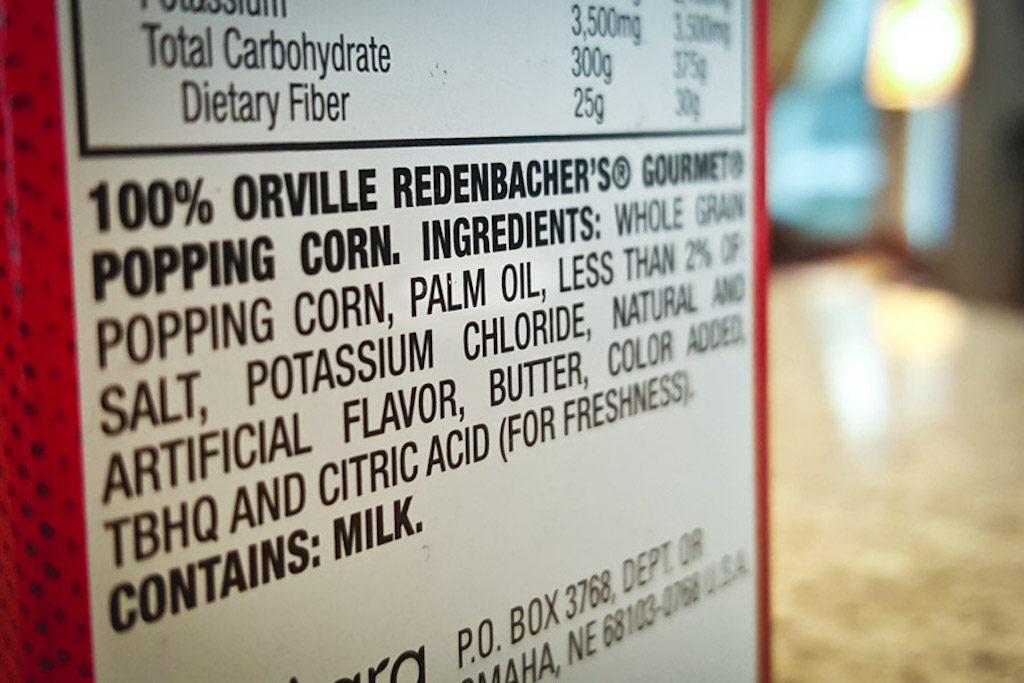
3. Read Ingredient Labels Carefully
Despite there being many vegan-friendly options, non-vegan ingredients are still widespread. While we can avoid much of this by choosing to buy fresh produce and whole foods as much as possible (which means you’ll ditch the unnecessary packaging and plastic too), there might be a few things you still need to buy packaged. Many ingredient lists are laden with hidden names for animal and animal-derived products, like whey or casein, which are dairy by-products, gelatin that is extracted from animal bones, and isinglass, a substance from fish that is common in beer and wines. Watch out for ingredients in other non-food consumer products too, like beeswax in candles and lanolin (made from sheep’s wool) in makeup.
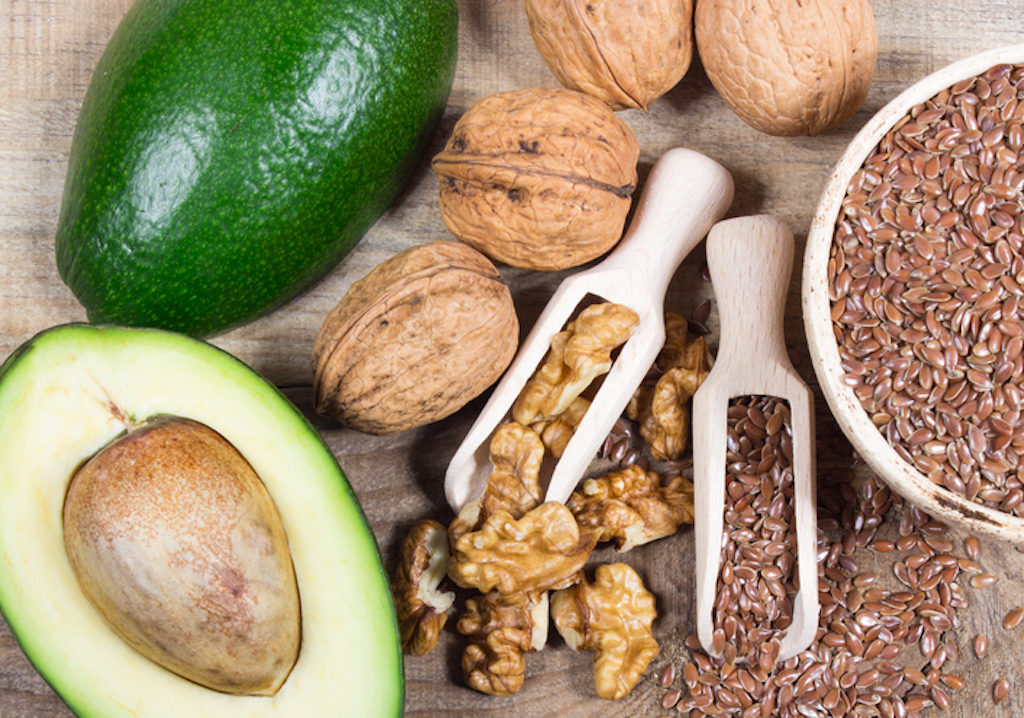
4. Don’t Skimp On Protein Or Fat
Sometimes, it can be hard to get enough protein and fat on a vegan diet, which are crucial macronutrients for our overall health and well-being, from maintaining muscle mass to hormonal balance. A good rule is to incorporate at least one serving of healthy plant-based fat with each meal, alongside at least one serving of protein. For example, your salad bowl should not only have loads of veggies, but a handful of sprinkled walnuts or pumpkin seeds, and a healthy protein like tofu or tempeh. Upgrade your oatmeal with a dollop of tahini or peanut butter, and mix in a protein powder like hemp or pea protein if necessary.

5. Choose Natural Food Supplements For Full Nutrition
Getting all the right nutrients can be challenging, so you might find yourself needing to supplement your diet with certain nutrients. While taking a supplement through a pill form might be recommended for some people, most experts agree that in general, supplementing nutrients through food by adding specific plant-based ingredients to your meals is a healthier option. We’ve done a comprehensive guide on the 6 vitamins and minerals that vegans might struggle to get, and how to add them into your diet the plant-based and natural way.

6. Check Menus Before You Dine Out
Many vegan and vegetarian restaurants are opening up and omnivore eateries are adding plant-based options to menus, but it’s a good idea to still check out the location before you dine out, especially if you’re attending an event or spending an evening out with friends. Check out the menu online, and call the restaurant too—some kitchens are more accommodating than you think! If you figure out that the menu is not exactly vegan-friendly, then see if you can plan ahead and change the location to somewhere more plant-based.
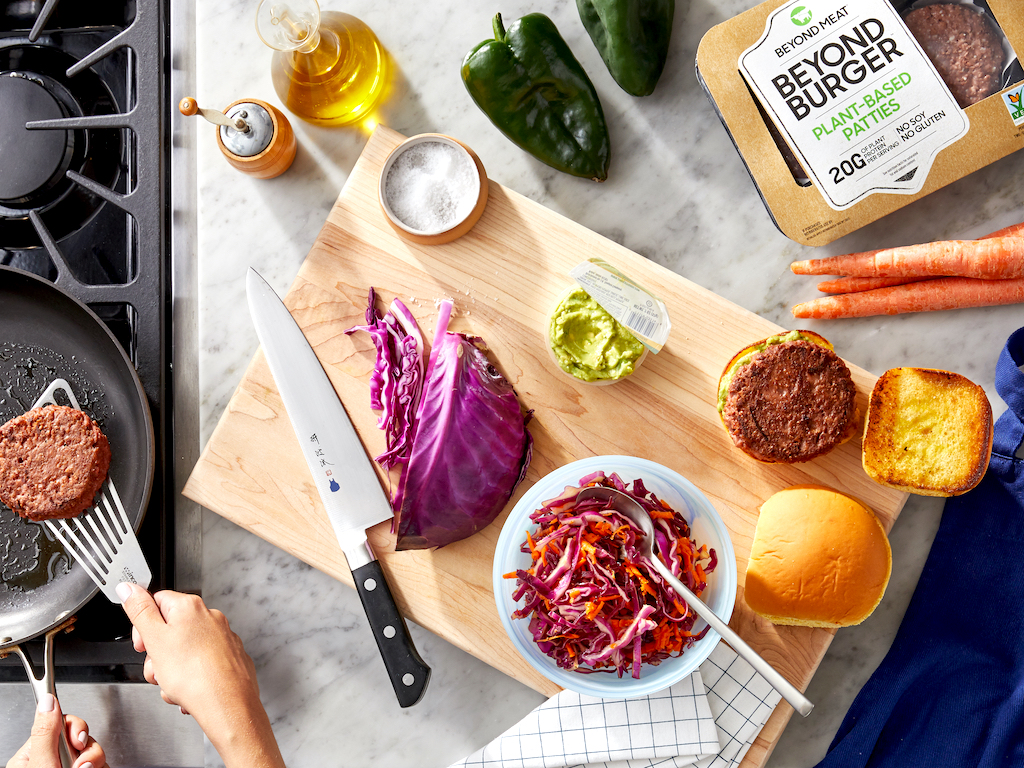
7. Let the Experts Help
Whether cookbooks, cooking blogs, or Instagram and TikTok videos, even the kitchen averse can find easy and delicious recipes to help highlight the many delicious stars of the plant world. Try a vegan spin on one of your favorite dishes, or try a new vegetable dish or international cuisine. Embrace Veganuary as an exploration into new flavors as much as it is a journey to a healthier you.

8. It’s Not The End Of The World If You Fall Off The Wagon
If you accidentally eat something non-vegan or have simply fallen to temptation, don’t beat yourself up about it. Think of going vegan as a process or a transition to a new lifestyle, rather than a limitation that cuts you off if you don’t manage to succeed immediately. Good things always take time, and remember that any effort to reduce your intake of meat and dairy is already an incredibly positive action taken for our environment, health, and animals. So don’t be discouraged!




